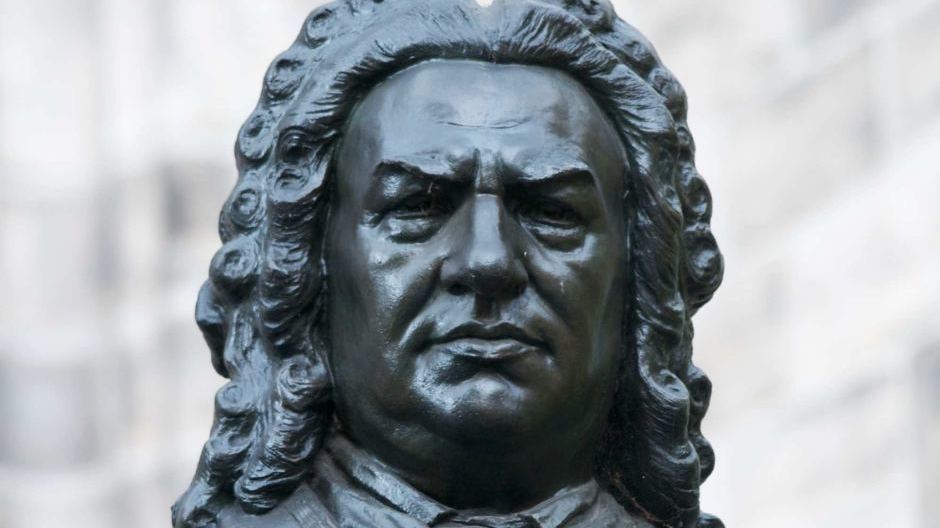The Overture which opens J.S. Bach’s First Orchestral Suite was built on a well-established, preexisting model. You could even call it a formula.
It was the stylish “French Overture,” dating back to the 1650s, which opened the ballets of Jean-Baptiste Lully (1632-1687), a composer who spent most of his life employed by the court of Louis XIV. The French Overture begins with a majestic slow section consisting of stately dotted rhythms fit for a king. This leads to a faster section filled with imitative, fugal counterpoint. You can hear all of this in the Overture to Lully’s 1670 Comédie-ballet, Le Bourgeois gentilhomme. Perhaps Prince Leopold, Bach’s employer in Köthen, dreamed of importing a slice of the artistic opulence that had been a staple of the Sun King’s reign (which lasted from 1643 to 1715).
In the First Orchestral Suite, composed sometime before 1725, Bach followed the formula faithfully. The succeeding movements (Courante, Gavotte I and II, Forlane, Minuet I and II, Bourreé I and II, Passepied I and II) employ baroque dance forms that were popular in both France and Italy. Yet, within the confines of these popular forms, Bach opens the door to pure magic.
From the opening bars, listen to the rich conversation between voices, which blurs all lines between “melody” and “harmony.” In the faster, fugal section, groups of solo instruments splinter off, making this a virtual concerto grosso. These voices come alive with an equally thrilling sense of drama in the dances. In Gavotte II, notice the violin’s fanfare-like line, which weaves, sneakily, around the oboes and continuo. This is followed by the Forlane, which has its roots as a boisterous Italian street dance, often featuring mandolins and castanets. In Bach’s Forlane, swirling lines in the inner string voices create a feeling of exuberant forward motion. Numerous additional adventures unfold in the Suite’s sets of contrasting dances:
This beautifully filmed concert performance from November, 2014 was published recently as part of the Netherlands Bach Society’s ongoing All of Bach initiative. The project will conclude with a complete catalogue of J.S. Bach’s works in time for the Netherlands Bach Society’s centenary in 2022.
Recordings
- Explore the Netherlands Bach Society’s recordings at allofbach.com
- Four Bach Orchestral Suites, Ton Koopman, Amsterdam Baroque Orchestra Amazon

